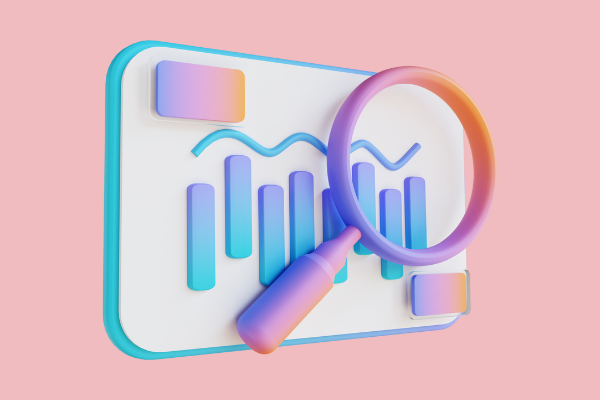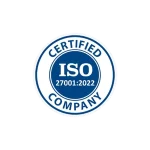Last Updated on 1 year ago by
In the competitive world of online marketing, achieving high search engine rankings is crucial for visibility and traffic. One of the key factors influencing SEO performance is crawl depth. By understanding and optimizing crawl depth, you can ensure that search engines efficiently index your site. Partnering with a reputable SEO agency can help you implement effective strategies to optimize page depth. This article will explore the importance of page depth and provide actionable tips to enhance your website’s SEO.
Understanding Crawl Depth
Crawl depth refers to the number of clicks it takes for a search engine crawler to reach a particular page from the homepage. Pages that are closer to the homepage (with fewer clicks) are considered to have a shallow crawl depth, while those that require more clicks are said to have a deeper page depth. Search engines tend to prioritize crawling and indexing pages with shallower crawl depths, making it essential to optimize your site’s structure.
Importance of Optimizing Crawl Depth

Optimizing crawl depth is crucial for ensuring that search engines can efficiently discover and index your important pages. A well-structured site with optimized page depth can lead to better visibility and higher rankings in search engine results.
Improving Crawl Efficiency
By reducing the page depth of important pages, you make it easier for search engines to find and index them. This can significantly improve the crawl efficiency of your site, ensuring that your most valuable content is quickly discovered and ranked.
Enhancing User Experience
A site with optimized crawl depth often has a logical and intuitive structure, which enhances the user experience. When users can easily navigate your site and find the information they need, they are more likely to stay longer and engage with your content.
Tips for Optimizing Crawl Depth

There are several strategies you can employ to optimize page depth and improve your site’s SEO performance.
Use a Logical Site Structure
A logical site structure is the foundation of optimized crawl depth. Organize your content into categories and subcategories that make sense and ensure that important pages are easily accessible from the homepage. Using a flat site architecture, where most pages are just a few clicks away from the homepage, can help reduce page depth.
Implement Internal Linking
Internal linking is a powerful tool for optimizing page depth. By strategically linking to important pages from within your content, you can reduce the number of clicks it takes for search engines to find those pages. Ensure that your internal links are relevant and add value to the user experience.
Managing Crawl Budget
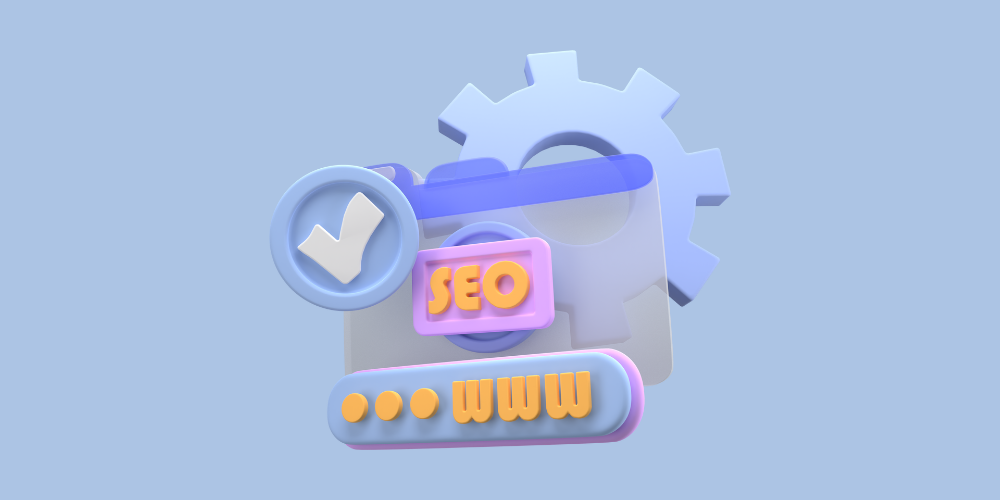
Your site’s crawl budget is the number of pages that a search engine will crawl within a given time period. Optimizing crawl depth can help you make the most of your crawl budget, ensuring that search engines prioritize your most important pages.
Monitor and Analyze Crawl Activity
Regularly monitor and analyze your site’s crawl activity using tools like Google Search Console. This will help you understand how search engines are crawling your site and identify any issues that may be affecting your crawl budget. By analyzing this data, you can make informed decisions about how to adjust your site structure and internal linking strategy to optimize page depth and improve crawl efficiency.
Eliminate Crawler Traps
Crawler traps are elements on your website that can cause search engine bots to get stuck, wasting valuable crawl budget. These can include infinite scroll, session IDs, and complex URL parameters. By identifying and eliminating crawler traps, you can ensure that search engine bots can efficiently crawl your site and focus on indexing your most important pages.
Optimizing On-Page SEO Elements
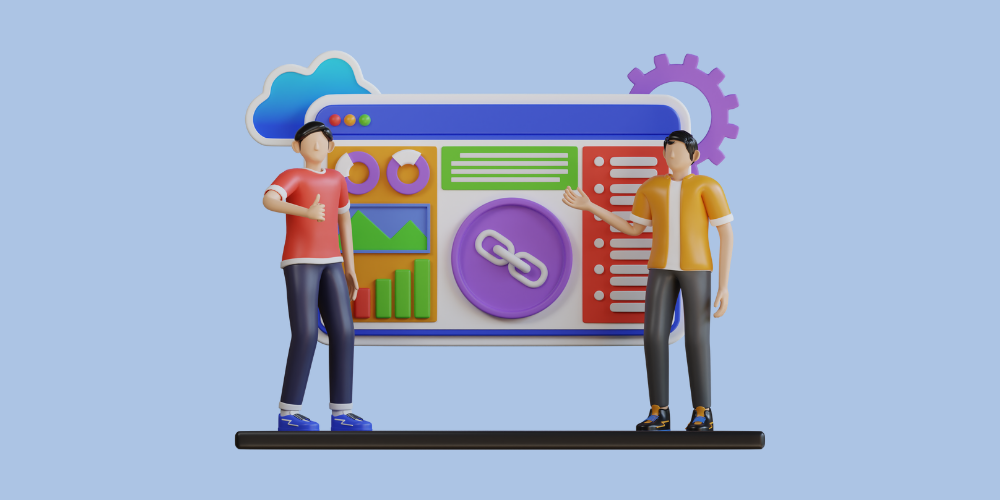
In addition to improving crawl depth, optimizing on-page SEO elements can enhance your site’s overall SEO performance. These elements help search engines understand the content and relevance of your pages, further boosting your rankings.
Use Descriptive and Concise URLs
Descriptive and concise URLs make it easier for search engines to understand the content of your pages. Use relevant keywords in your URLs and avoid unnecessary parameters or complex structures. This not only helps with crawl depth but also improves user experience by providing clear and readable links.
Optimize Title Tags and Meta Descriptions
Title tags and meta descriptions play a crucial role in SEO. Ensure that each page has a unique and descriptive title tag and meta description that includes relevant keywords. This helps search engines understand the content of your pages and improves click-through rates from search engine results pages (SERPs).
Utilizing XML Sitemaps
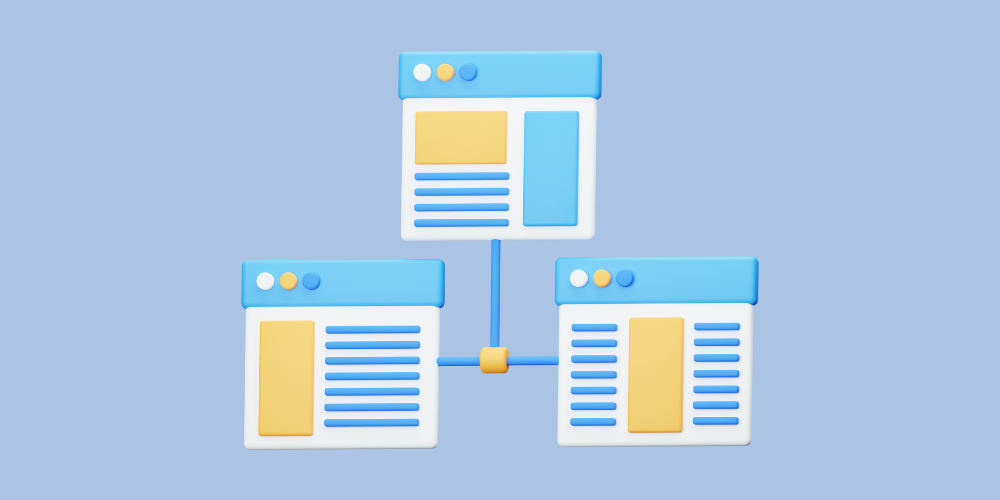
XML sitemaps provide search engines with a roadmap of your site, helping them discover and index your pages more efficiently. Regularly updating and submitting your XML sitemap can enhance your site’s crawlability and ensure that all important pages are indexed.
Create and Submit an XML Sitemap
Create an XML sitemap that includes all the important pages of your site. Tools like Yoast SEO for WordPress can help generate and manage your XML sitemap. Once created, submit your sitemap to search engines through platforms like Google Search Console to help them crawl and index your site more effectively.
Regularly Update Your XML Sitemap
Regularly updating your XML sitemap ensures that search engines are aware of any new or updated content on your site. This helps maintain efficient crawling and indexing, which is crucial for keeping your site up-to-date in search engine results.
Monitoring and Adjusting Crawl Depth

Optimizing crawl depth is an ongoing process that requires regular monitoring and adjustments. By staying vigilant and proactive, you can ensure that your site remains crawlable and indexable by search engines.
Use Google Search Console
Google Search Console is a valuable tool for monitoring crawl activity and identifying any issues that may be affecting your site’s crawl depth. Regularly check for crawl errors, analyze crawl stats, and address any issues promptly to maintain optimal page depth.
Conduct Regular Site Audits
Conducting regular site audits helps you identify areas for improvement in your site’s structure and internal linking. Use tools like Screaming Frog and SEMrush to perform comprehensive site audits and uncover any issues that may be affecting page depth and overall SEO performance.
Optimizing page depth is a critical aspect of SEO that can significantly impact your site’s visibility and performance in search engine results. By implementing a logical site structure, strategic internal linking, and effective on-page SEO elements, you can ensure that search engines efficiently crawl and index your most important pages. Regularly monitoring your site’s crawl activity and addressing any issues promptly will help maintain optimal page depth and maximize your site’s SEO potential.
Partnering with a SEO agency can provide the expertise and resources needed to implement these strategies effectively. As the digital landscape continues to evolve, staying proactive and informed about the latest SEO best practices is essential for maintaining a competitive edge. For businesses looking to enhance their online presence, optimizing crawl depth is a crucial step towards achieving better search engine rankings and driving more organic traffic to their sites. By effectively managing your crawl budget and eliminating crawler traps, you can ensure that your site remains accessible and optimized for search engines, ultimately leading to improved performance and higher conversions.





